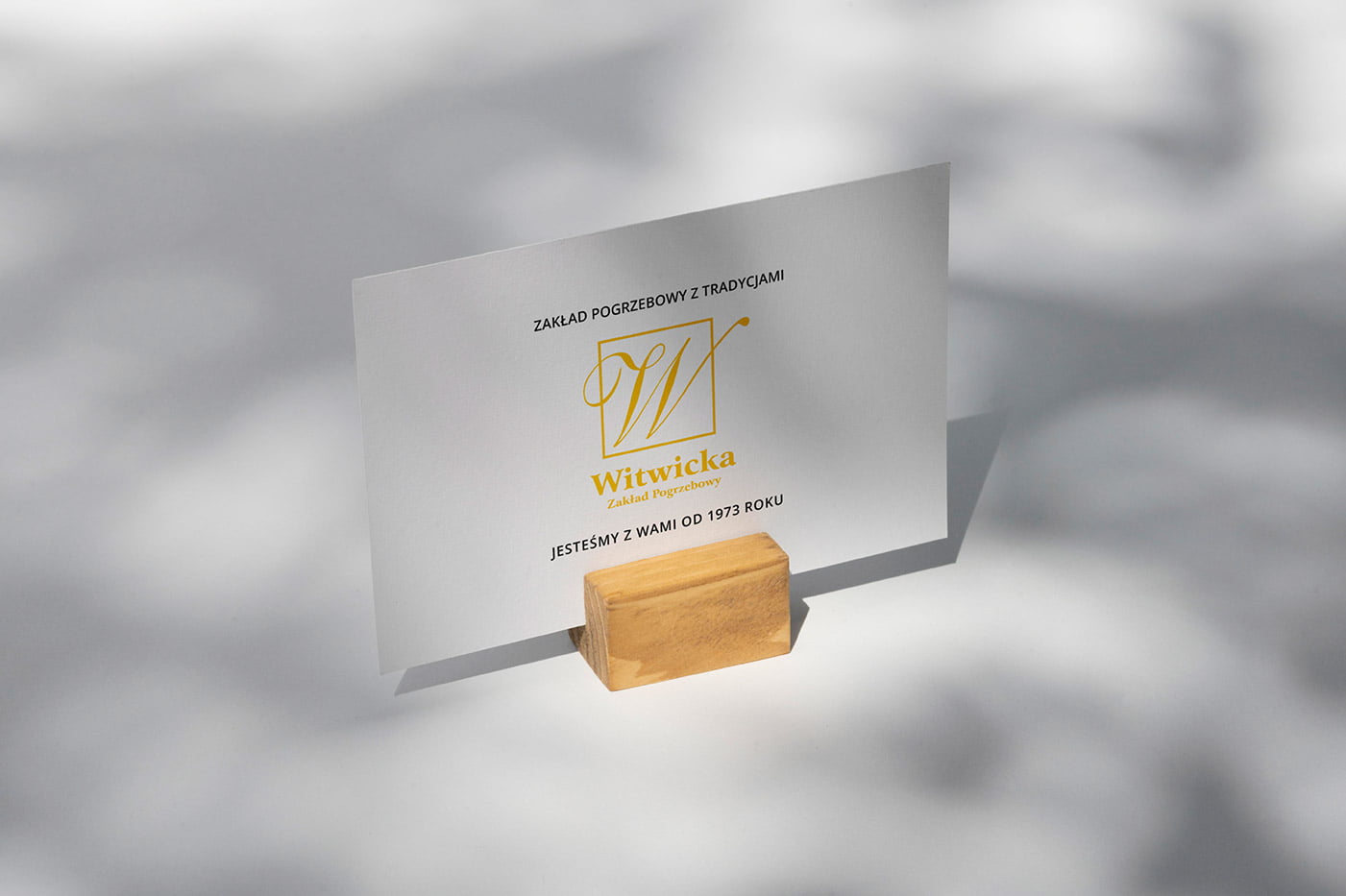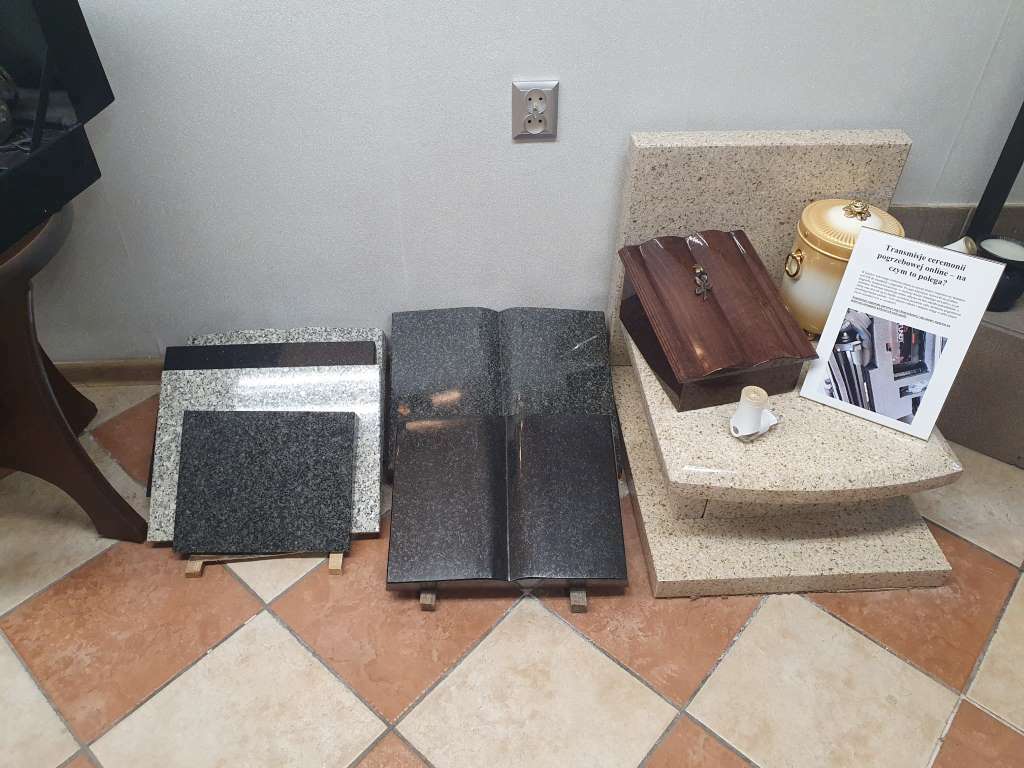Pomoc mieszkańcom Wrocławia
Dom Pogrzebowy Wrocław

Dom pogrzebowy Witwicka to firma pogrzebowa, która swoje usługi oferuje we Wrocławiu i w okolicach. Organizujemy uroczystości pogrzebowe każdego rodzaju, zgodne z oczekiwaniami klientów i ostatnią wolą Osoby Zmarłej. Pomożemy w przygotowaniu uroczystości świeckiej lub wyznaniowej oraz pochówku z trumną, lub urną.
Wyróżnia nas duża wiedza, doświadczenie i zaangażowanie. Możemy zapewnić, że wszystko odbywa się w ustalonym terminie oraz z największym poszanowaniem ciała Osoby Zmarłej.
Nasze biuro znajduje się na Starym Mieście Wrocławia przy ulicy ul. Kościuszki 67/1A (róg Gwarnej). Od 1973 roku pomagamy rodzinom z Wrocławia w organizacji ostatniego pożegnania.
Zakład Pogrzebowy
W naszym zawodzie kierujemy się ogromnym taktem i dyskrecją. Przez całą dobę przyjmujemy zgłoszenia telefoniczne, odbieramy i przewozimy zmarłych z domów, szpitali, DPS-ów i innych miejsc do chłodni.
Wieloletnie doświadczenie sprawia, że wszystkie kwestie urzędowe i cmentarne jesteśmy w stanie załatwić sprawnie i w wyznaczonym terminie. W zakładzie pogrzebowym Witwicka dbamy o możliwość jak najgodniejszego pożegnania. Dlatego oferujemy najwyższej jakości akcesoria funeralne, oprawę oraz obsługę pogrzebu.

Szeroka oferta usług pogrzebowych
Usługi pogrzebowe Wrocław
Zakład pogrzebowy Witwicka we Wrocławiu oferuje szeroką ofertę usług pogrzebowych. Wszystkie nasze usługi są w pełni kompleksowe tym samym z rodziny ściągnięty jest obowiązek poszukiwania firm pośrednich. Zobowiązujemy się do wykonania wszystkiego zgodnie z oczekiwaniami rodziny Zmarłego. Dbamy o każdy element uroczystości oraz jego sprawną i taktowną organizację.
Zapewniamy muzykę, kwiaty, akcesoria oraz asystę grabarską.
Pogrzeb
z trumną
Organizujemy uroczystości pogrzebowe z trumną.
Przejdź do oferty
Kremacja
zwłok
Organizujemy kremacje zwłok na terenie Wrocławia i okolic.
Przejdź do oferty
Formalności
pogrzebowe
Pomagamy we wszystkich formalnościach pogrzebowych.
Przejdź do oferty
Kwiaty
na pogrzeb
Wykonujemy wieńce i wiązanki pogrzebowe na zamówienie.
Przejdź do oferty

Całodobowa pomoc mieszkańcom
Wrocławia i okolic
Głównym priorytetem naszego domu pogrzebowego jest dostarczanie usług mieszkańcom Wrocławia o każdej porze dnia i nocy. Gwarantujemy najwyższą jakość usług pogrzebowych przez 24H, siedem dni w tygodniu, Zapraszamy do kontaktu przez całodobowy numer telefonu.





